HoneyBaked Turkey Breast Heating Instructions [Easy & Simple]
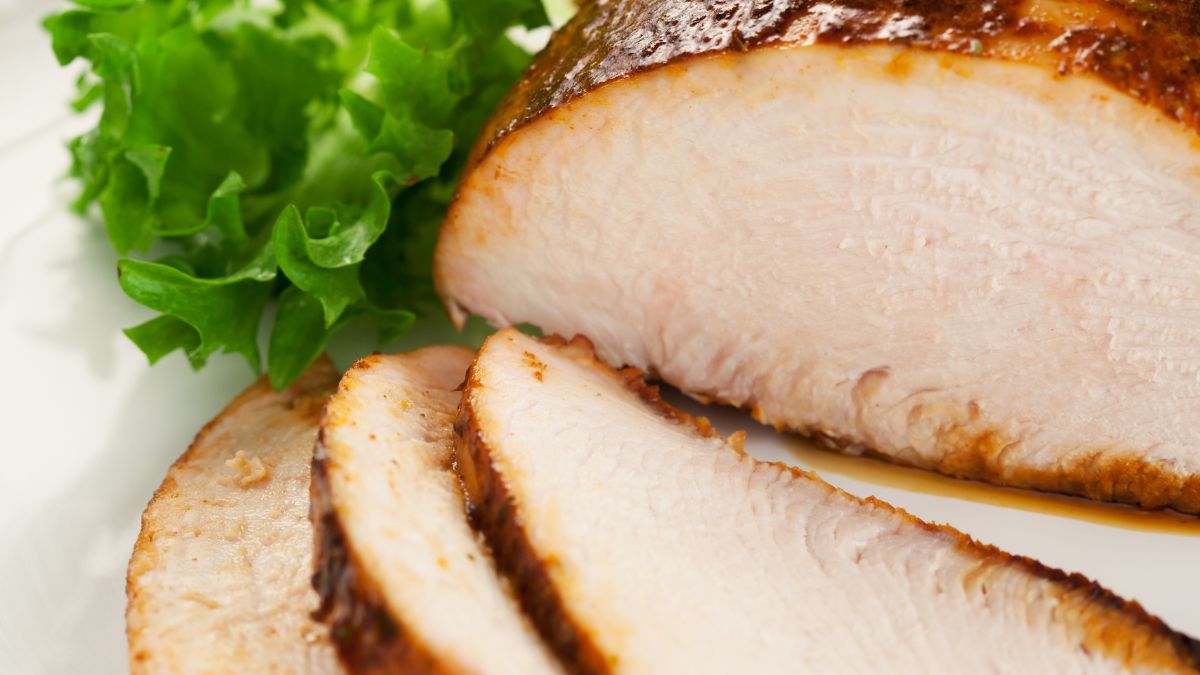
Turkey breasts are an ideal meat cut for small gatherings or when you just don’t feel like cooking the whole turkey. Since they’re tricky to prepare, I like to hit the store and get myself a pack of HoneyBaked Turkey Breasts. These are quite specific, as they come ready to eat, and you don’t have to heat them at all, but it all really depends on your taste and preference! When handled rightly, these will be even more delicious and fancier than when cold. Just follow my HoneyBaked Turkey Breast heating instructions.
The trick is to heat the breast in slices, not as a whole, and to do it at lower temperatures. They will be scrumptious when heated in the oven, microwave, or on the stovetop; just make sure to use foil or broth. Pair them with traditional sides, citrusy salads, or roasted fruit!
It’s a thin line between tender and gummy turkey, which everyone came across at least once – me included! ☺ So, read on to find out what to keep an eye on when heating your HoneyBaked Turkey Breasts, plus storing and safety advice. Lastly, I saved my favorite for last: side dish ideas for the out-of-this-world holiday dinner!
How to Properly Warm Up HoneyBaked Turkey Breast?
HoneyBaked turkey breasts come pre-cooked and ready to serve, plus they are made to be eaten cold, right from the fridge.
If you’re like me and still don’t want to give up the aroma of freshly baked turkey, follow these steps!
Step 1: Slicing
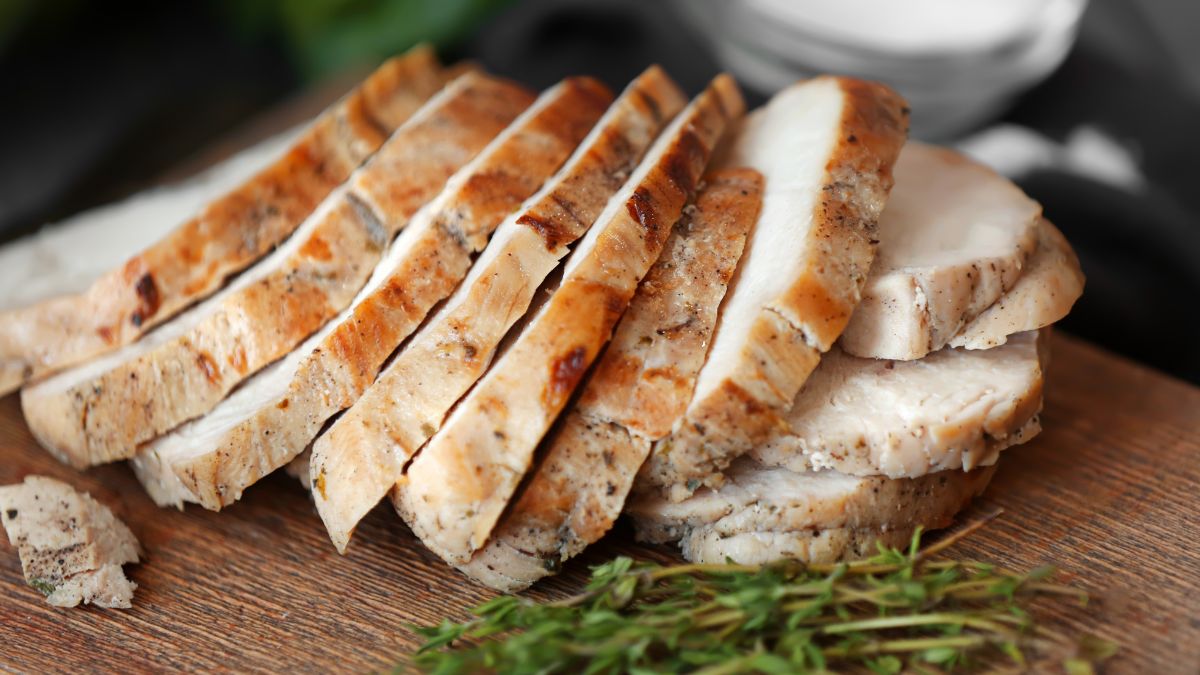
Never warm up the whole piece of meat, only slice by slice. The good thing is that they are already sliced, so you just need to separate them.
So, after your HoneyBaked delicacy has thawed, use a knife and detach slices one by one, and that’s it! Remember to prepare as many as you’re going to have, not more!
Step 2: Heating in the Oven
The goal is not to dry the meat out, so you’ll need some aluminum foil for this. Arrange slices of turkey breast on the baking sheet covered with baking paper. Tuck it well with foil, so it can heat up in its own juices.
Turkey heated up like this will have some crusty edges, so to make it all tender, I like to place a rack on the sheet instead the paper. Then I pour in some broth or wine and cover it with foil again. Let it cook lightly, and add more liquid if needed.
You’ll have to keep the temperature on the low, though, not higher than 300 °F. Do not heat it longer than 10 minutes per pound.
Step 3: Serving
Serve immediately after heating and don’t heat larger quantitates in advance!
Other Methods of Heating
If you’re not keen on heating your turkey in the oven, you can also do it in the microwave or on the stove. Here’s the instruction to carry it out effortlessly:
In the Microwave
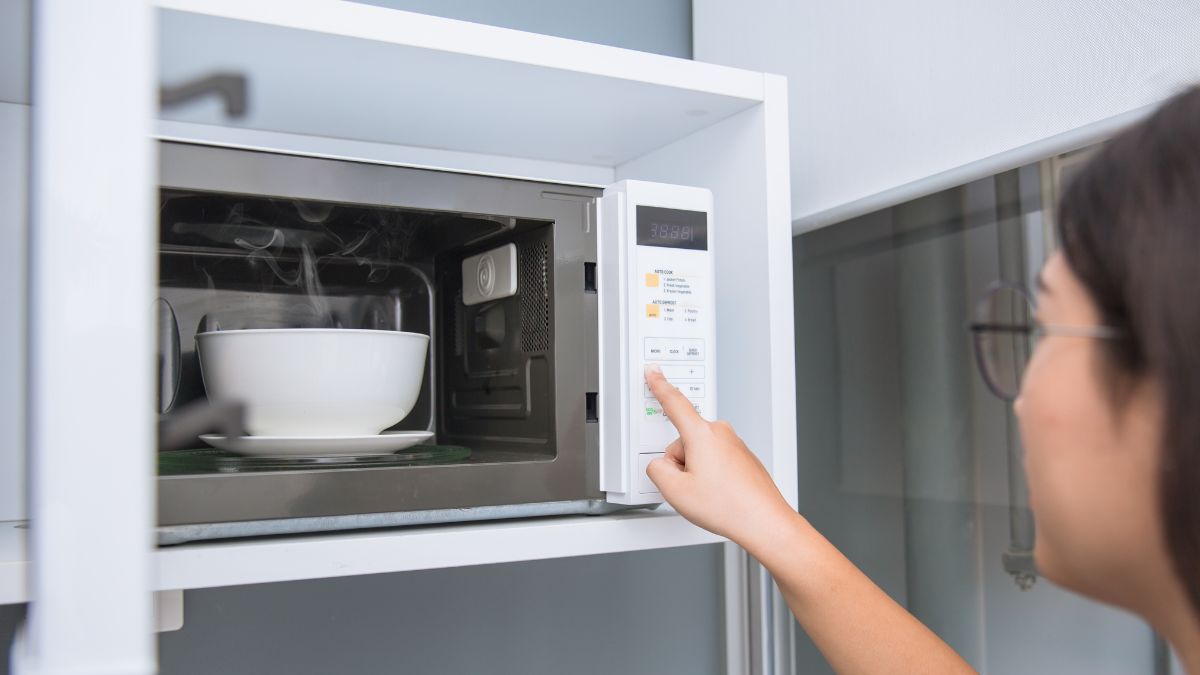
Microwave is my least favorite method, but it’s the most convenient. Take a microwave-safe plate with a lid or use a damp paper towel instead, to keep the moisture in. You can also place a mug of water in the middle to create a steam bath and prevent it from drying.
Set the microwave on medium power and heat it in short intervals by checking the temperature in between. I usually need 4-5 breaks till it’s done.
On the Stove
Set the slices of turkey breasts in a skillet or a frying pan and bring it to medium temperature. I like to add some broth or gravy on the bottom, so the meat can cook in juices. You can also use water, but it will not be as flavorful.
Stir the liquid and flip the turkey occasionally so you secure even heating. Make sure not to overcook it – 5 minutes or so of light simmering is enough.

How to Store Leftovers?
When storing turkey breasts, you have to store each slice separately. Swathe them one by one in plastic wrap or zip-lock bags so they stay succulent. If you decide to use air-tight containers, opt for shallow ones so they chill faster.
According to the USDA, you have to keep the turkey at temperatures below 40 °F (4 °C) for safety reasons, and it will be fresh for 3-4 days. Also, in the freezer, don’t keep it longer than 6 months, as the taste deteriorates with time. [1]
Can You Heat Up Turkey Breast Twice?
According to the United States Department of Agriculture, yes, you can! Though, you have to keep meat refrigerated and heat it to the internal temperature of 165 °F every time to terminate the bacteria growth. Moreover, every time you heat up the leftovers, the quality of the food degrades, so they still recommend portioning the food and reheating it once only. [2]
Food Standards Agency also emphasizes the importance of bringing food to 165 °F – which basically means you’re cooking it again. Now, speaking of HoneyBaked Turkey Breasts, when heated several times, their taste and texture will be awful – bland, dry, and hard to chew. So, even though reheating is possible, I would rather not. [3]
On a more important note, make sure you’ve stored previously heated breasts well and fast – a maximum of 2 hours after standing on the counter. Only by handling your leftovers efficiently, you’ll be positive that you’ve limited bacteria growth. [4]
What to Serve With HoneyBaked Turkey Breast?
HoneyBaked Turkey Breasts are famous for their signature sweet and savory glaze. This unique taste profile comes from the special honey glaze that infuses the deliciously sweet and caramelized taste into the meat while cooking. And here are the best pairs!
Green Beans Almondine
Lightly sautéed green beans with toasted almonds will give you a missing crunch and nutty relish that pair perfectly with turkey.
Cranberry Sauce
This one is a classic, but with its tart and tangy elements will enhance the sweetness of the honey glaze.
Fresh Salad
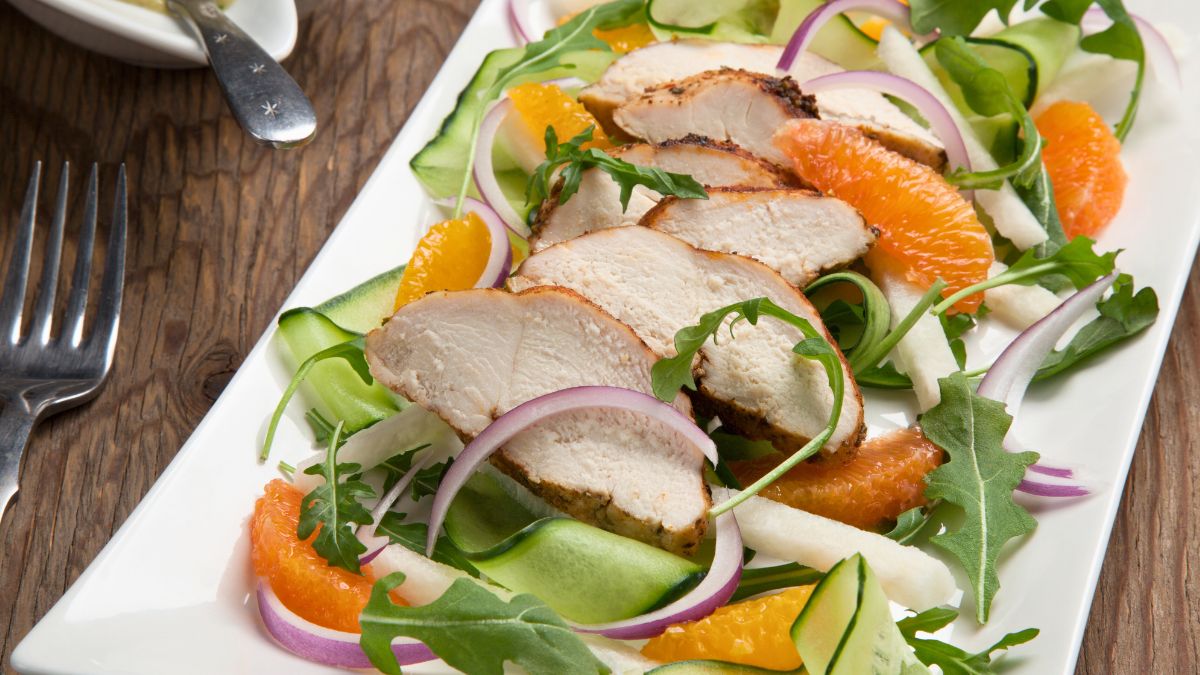
A simple salad with mixed greens, arugula, onions, oranges, cucumbers, and light vinaigrette will add fresh and crisp components to the meal.
Quinoa Salad
A light and refreshing quinoa salad with fresh herbs, diced vegetables, and lemon vinaigrette will balance the richness of the turkey.
Dinner Rolls
For bread lovers, dinner rolls are a perfect match to the meat as you can mop up all the extra glaze off the plate. Extra soft or crusty bread will do the work!
Roasted Figs
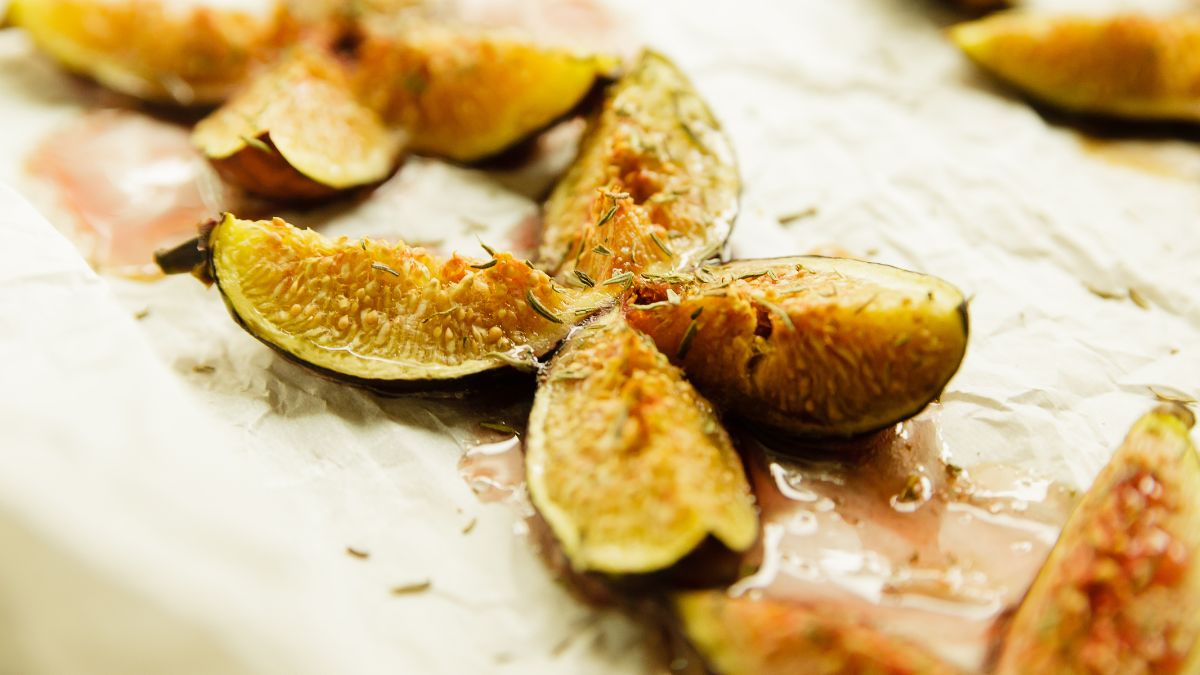
Roast fresh figs with a drizzle of honey and a sprinkle of fresh thyme, for earthy and sweet flavors. They will blend beautifully with the glaze and meat.
Spicy Couscous
Prepare couscous with a mix of warm spices like cinnamon, cumin, cardamom, and nutmeg. These aromatic and exotic flavors will be a surprising and unique twist to your meal.
Gruyere Potato Gratin
Thinly sliced potatoes topped with salty and nutty cheese, and baked until bubbly and golden will pair perfectly with the sweetness of turkey.
Citrus Beet Salad
Combine roasted beets with fresh orange, arugula, and citrusy dressing, to create a vibrantly colored salad with a zesty relish. It will brighten up the meal and enhance the sweetness and succulency of the bird.
Grilled Peaches
Halve and grill peaches until they caramelize. Serve them alongside the turkey for a unique fruity twist. Look how juicy they are!
Pomegranate Salsa
Prepare salsa with pomegranate seeds, diced cucumber, red onion, cilantro, and lime juice. It has sweet and tangy flavors which will complement the meaty relish of the turkey.
Honey-Glazed Carrots
Glaze the cooked baby carrots with honey and toss them on the skillet to caramelize a bit. Sprinkle fresh dill on to for the herbal note.
What are your favorite turkey breast meal combinations? I would love to try them out, so write them down in the comments below!
